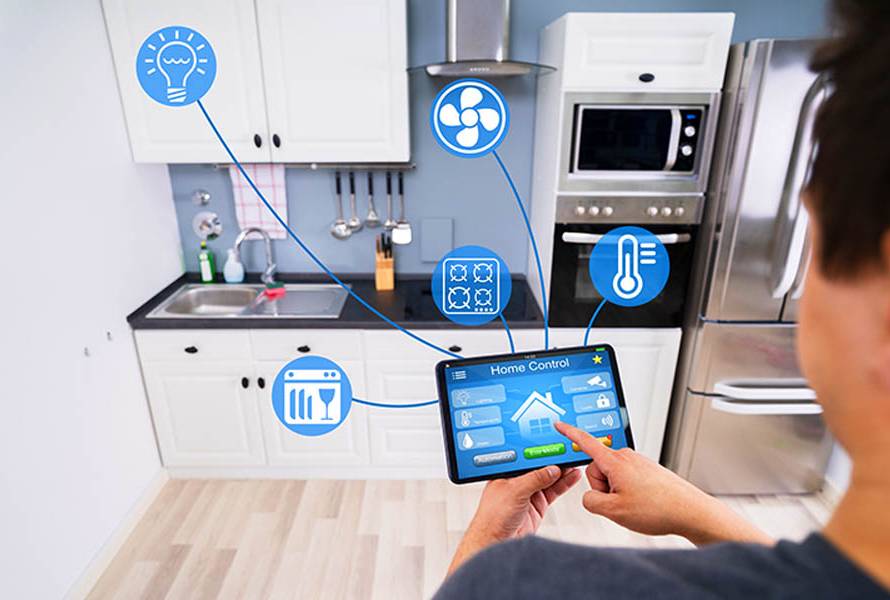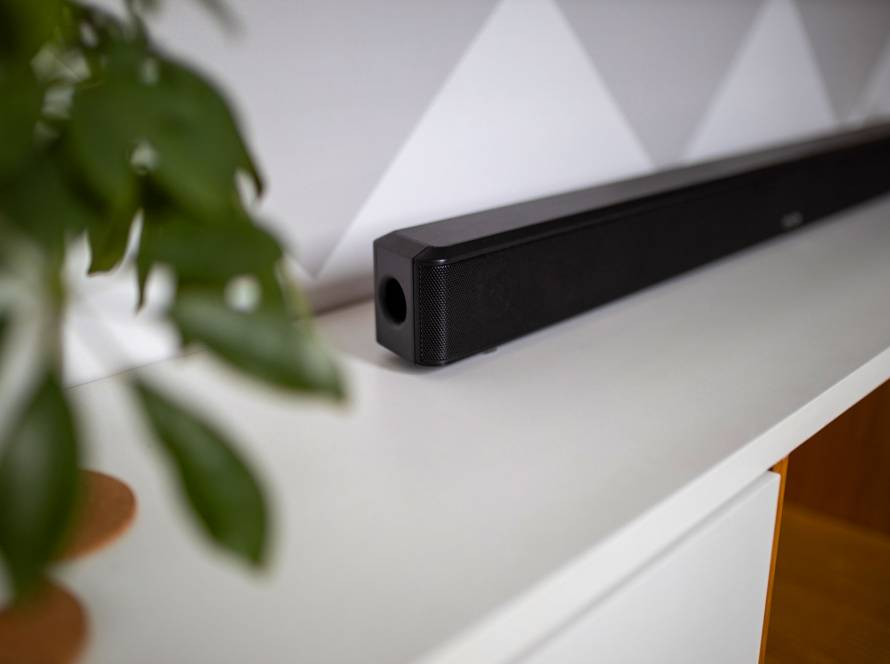Smart homes are everywhere now. Lights respond to touch, blinds drop with a word, and speakers play your favorite music on demand. But smart tech by itself isn’t enough. What makes a home truly feel alive is how those systems come together, and that’s where AV design matters most.
Integration Creates the Real Magic
A house full of disconnected gadgets feels clunky. You juggle apps, remotes, and switches just to dim lights or change songs. Integration changes that.
It turns separate systems into one ecosystem that responds instantly and predictably.
Sound That Moves With You
Imagine walking from the kitchen to the living room while your playlist follows, never skipping a beat. That’s the kind of flow AV integration makes possible. Sound doesn’t just play, it lives with you, adapting to where you are.
Why Smart Homes Feel Clumsy
Without design, smart homes often suffer from:
- Devices that don’t communicate with each other.
- Audio that cuts in and out across rooms.
- Screens or projectors placed without thought.
- Systems that break whenever one app updates.
The result is frustration instead of freedom.
Invisible Tech, Visible Comfort
The best AV setups hide complexity. You don’t notice the wiring or the processors. You notice the effect: smooth transitions, instant responses, and comfort without effort. Invisible tech is what makes a home feel more alive, not less.
The Energy of a Connected Space
When AV design clicks, a home feels like it’s breathing with you. Music swells when you need energy. Lights soften when you need calm. Movies wrap you in immersion. Every detail is tuned not to show off technology, but to show off the experience of living in it.
Conclusion
What makes a smart home come alive isn’t the number of devices; it’s how they all work together.
AV design stitches the pieces into a seamless whole, transforming houses from collections of gear into spaces that feel responsive, natural, and alive.



